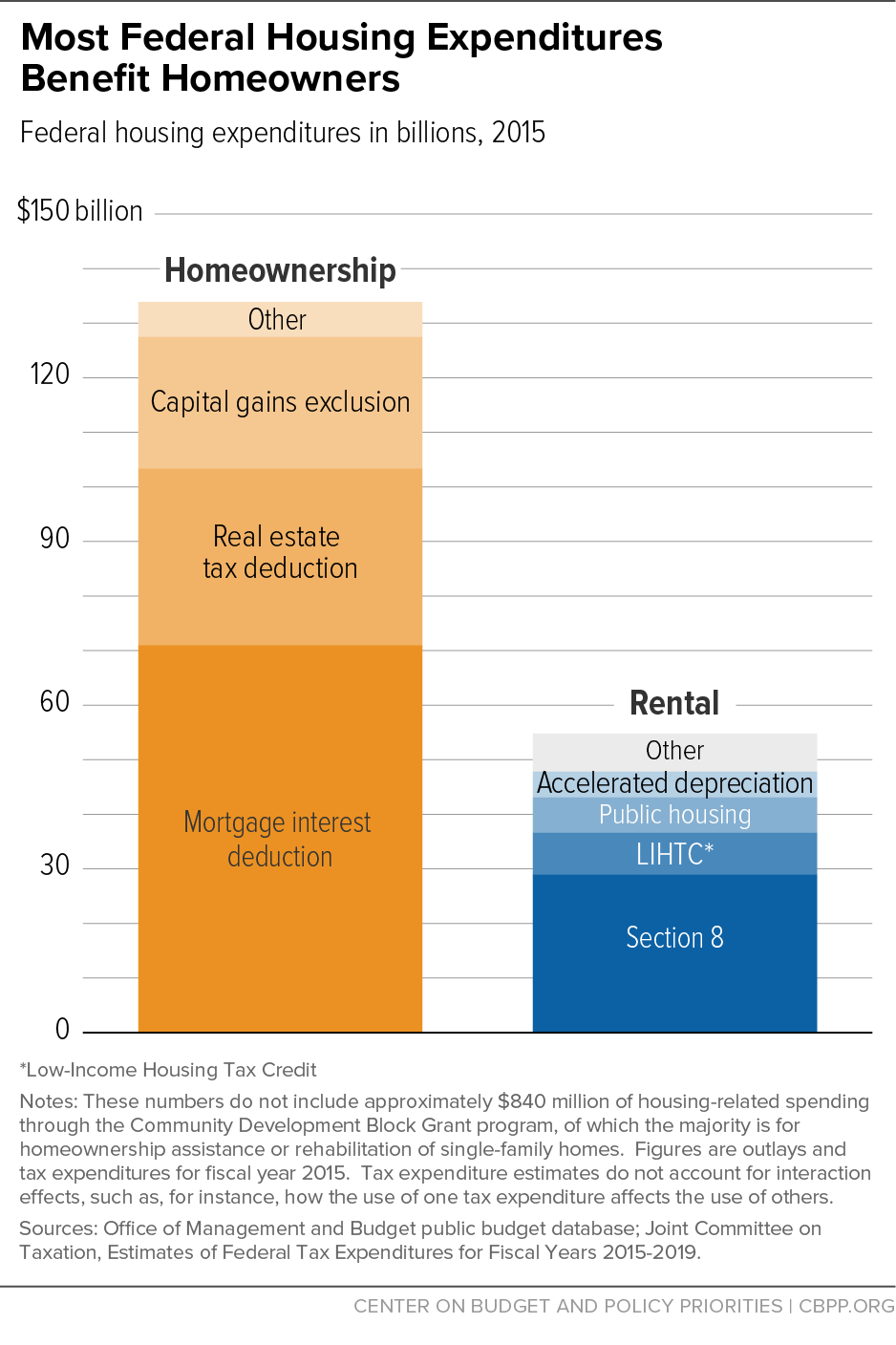The Underlying Policy Causes of Homelessness
Check out these statistics about how the structure of our federal housing budget may indirectly be contributing to homelessness in America. Federal housing expenditures are poorly matched to America’s housing needs. The United States spends $15 billion on housing for people with an annual income of less than $10,000 and $15 billion on those who make between $10,000 and $20,000 per year. However, spending rises to $41 billion for individuals with a household income of between $100,000 and 200,000 per year and $44 billion for those who earn greater than $200,000 annually. Based on these statistics, we can say that the federal government’s housing policies are generally skewed to favor populations that tend to have higher incomes. Although poorer populations do have programs for assistance, the housing assistance provided to those of higher income (in the form of mortgage interest deductions, real estate tax deductions, capital gains exclusions, and more) outweighs that provided to lower-income populations. A graph from the Center on Budget and Policy Priorities depicting the difference in federal housing expenditures for homeowners and renters is shown below. Clearly, there is a substantial disparity in how we as a nation support the housing needs of the wealthy and poor.
Wage stagnation is an important factor that can also be held responsible for homelessness. For instance, wages for around sixty percent of New York City’s population have seen no significant increase in over a generation. When adjusted for inflation, renter incomes have fallen over the recent years, while rent expenses in New York have risen rapidly due to factors like rent deregulation and simply a lower number of apartments available for rent. Some landlords have also introduced minimum income requirements, mandating tenants to prove their income before they are given clearance to rent. Therefore, based on what we see from New York City, widespread homelessness can stem not only from challenges in terms of housing affordability but also from reduced housing accessibility.
